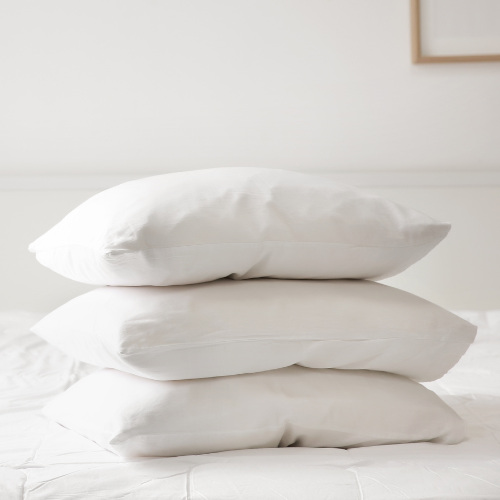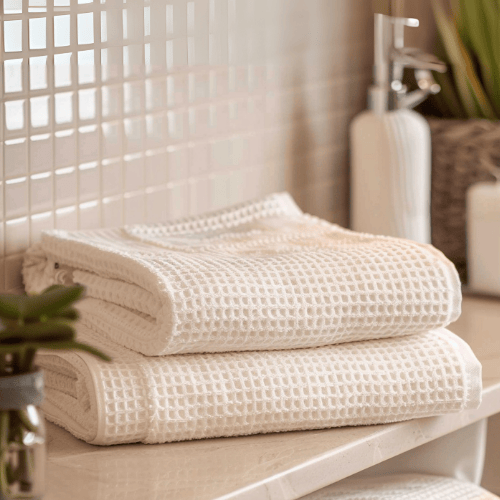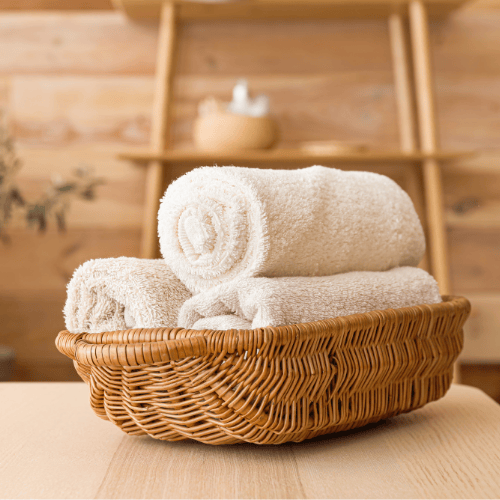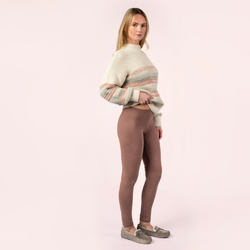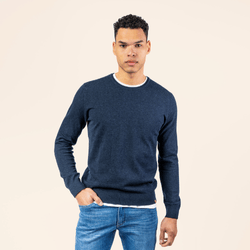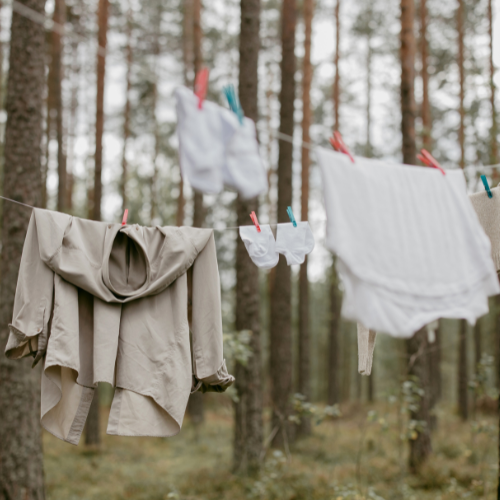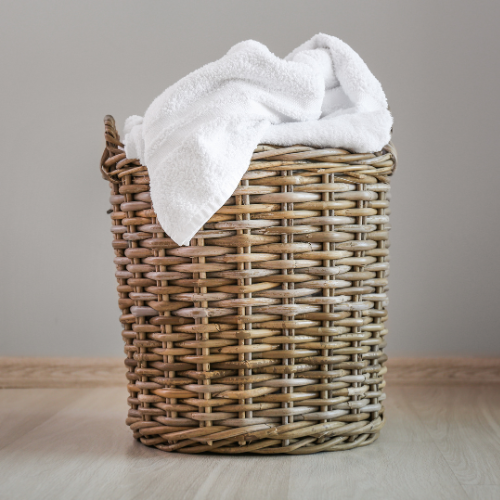camel hair duvet - all year
If you're looking for the most luxurious natural duvet - then you've just found it.
We recommend this duvet for people who like the moisture and heat regulating properites of wool, but are looking for a more delicate, softer and sumptuous feeling. Camels can withstand extreme fluctuations in temperature, scorching hot desert days and freezing cold nights, and this makes the camel hair and excellent filling material, providing an even and pleasant temperature, and excellent moisture regulation through the whole year.
Our camel hair duvet is filled with hair that is collected from camels by hand combing their bellies, as well as collecting their hair as it sheds naturally in the spring. Only 5kg can be collected from each camel in a year. All wrapped up in an organic cotton percal outer for silky smooth feeling.
10 togs.
- made in Germany
- our duvets are quilted to better envelope you as your sleep, keeping out draughts
- cotton ties on the corner allow you to combine with other duvets for extra weight and warmth
- we cut our duvets generously to allow for the initial shrinkage in the first few weeks, due to heat and moisture created during sleeping.
How to care for your camel hair duvet:
Duvets made with animal fibres such as camel hair will regenerate themselves naturally, simply air your duvet regularly, outside whenever possible. You can spot clean any marks or stains with a wool detergent, just make sure it's totally dry before putting back in the cover. We don't tend to recommend dry cleaning due to the environmental impact, but if you need to then please search out an eco-friendly one.
Duvet Weight:
- 450gsm
- 10 tog
Measurements
- Single: 135 x 200 cm (53" x 79")
- Double: 200 x 200 cm (79" x 79")
- King: 225 x 220 cm (86" x 86")
- Super king: 260 x 220 cm (102"x 86")


